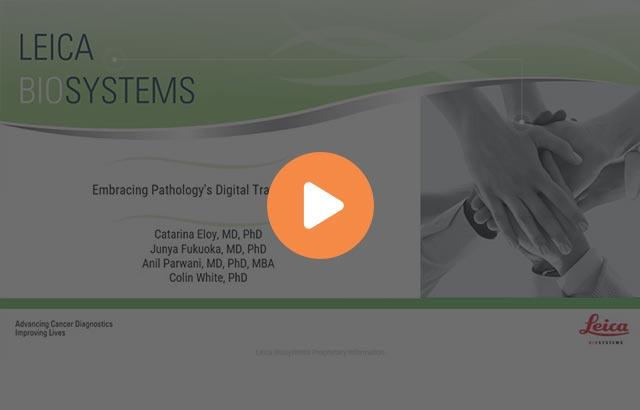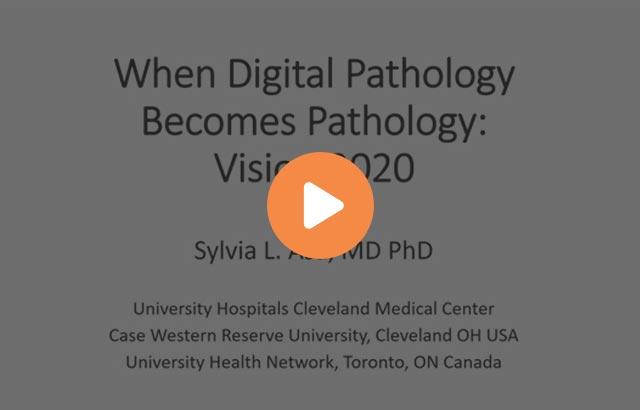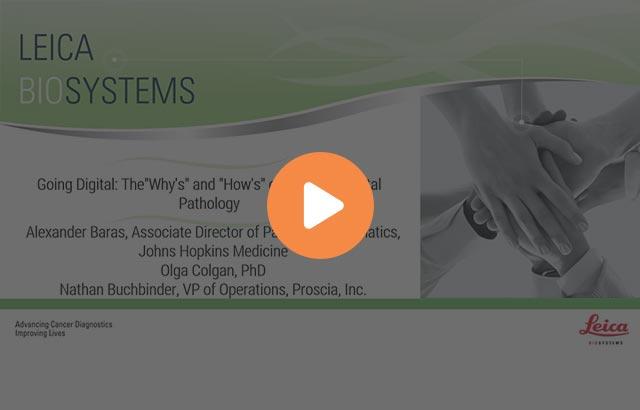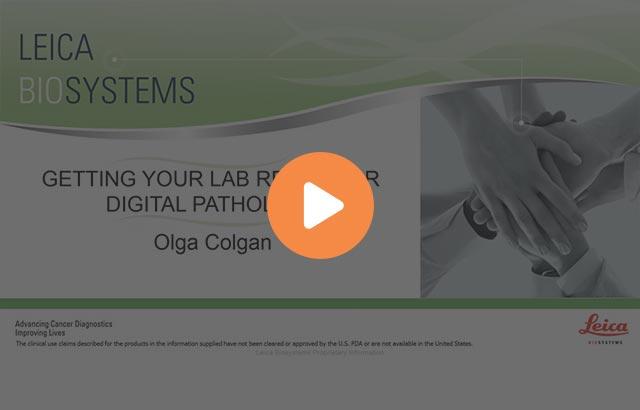How Integration Helps to Adopt Digital Pathology
Broad adoption of digital pathology (DP) is still lacking, and examples for DP connecting diagnostic, research, and educational use cases are missing.
In this presentation, Prof. Schüffler blueprints a holistic DP solution at a large academic medical center ubiquitously integrated into clinical workflows; research applications including molecular, genetic, and tissue databases; and educational processes.
About the presenter
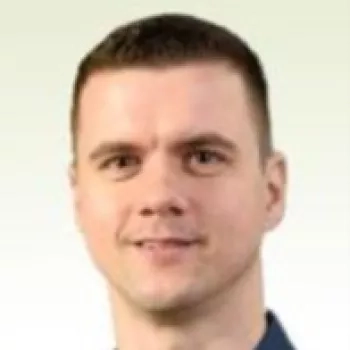
Prof. Schüffler's (*1983) field of research is the area of digital and computational pathology. This includes novel machine learning approaches for the detection, segmentation and grading of cancer in pathology images, prediction of prognostic markers and outcome prediction (e.g. treatment response). Further, he investigates the efficient visualization of high-resolution digital pathology images, automated QA, new ergonomics for pathologists, and holistic integration of digital systems for clinics, research and education.
Prof. Schüffler received his BSc and MSc in Computational Biology at the Saarland University and the MPI, Saarbrücken, Germany. In 2015, he graduated his doctoral studies in machine learning for medical image data analysis at the ETH Zurich, Switzerland. He deepened his expertise in digital and computational pathology as a Postdoc and Sr. ML Scientist at the Memorial Sloan Kettering Cancer Center New York, USA, where he co-founded Paige. In 2021, Prof. Schüffler was appointed to the professorship for computational pathology at TUM.
Related Content
Leica Biosystems content is subject to the Leica Biosystems website terms of use, available at: Legal Notice. The content, including webinars, training presentations and related materials is intended to provide general information regarding particular subjects of interest to health care professionals and is not intended to be, and should not be construed as, medical, regulatory or legal advice. The views and opinions expressed in any third-party content reflect the personal views and opinions of the speaker(s)/author(s) and do not necessarily represent or reflect the views or opinions of Leica Biosystems, its employees or agents. Any links contained in the content which provides access to third party resources or content is provided for convenience only.
For the use of any product, the applicable product documentation, including information guides, inserts and operation manuals should be consulted.
Copyright © 2025 Leica Biosystems division of Leica Microsystems, Inc. and its Leica Biosystems affiliates. All rights reserved. LEICA and the Leica Logo are registered trademarks of Leica Microsystems IR GmbH.
